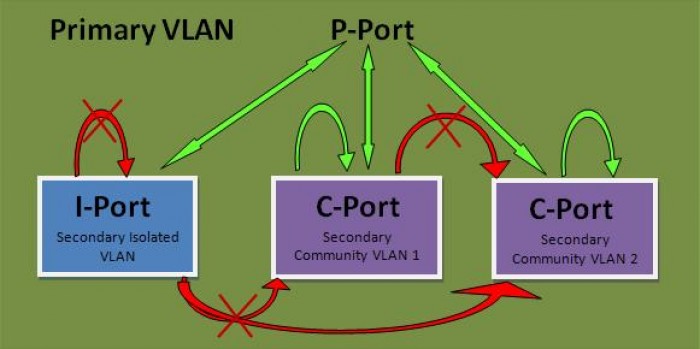CCIE Studies: Performance Routing PfR/OER
Prologue Hey fellow CCIE’s candidates and networking geeks. Today I want to step deep into the realm of PfR or Performance Routing. First let’s go back in time to the predecessor, Optimized Edge Routing or OER. As crazy as this sounds, OER came out in 2006 with IOS 12.3 . So, technically before all this SDN fanfare, Cisco actually decoupled the control (part of it at least) and data plane with OER/PfR back in the dizay. DID THAT JUST BLOW…


